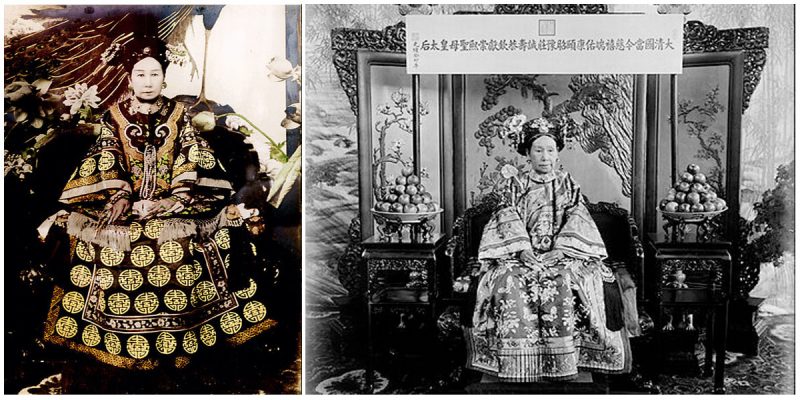Empress Dowager Cixi was a Chinese empress dowager and regent of the Manchu Yehenara clan, who controlled the Chinese government for 47 years during the late Qing dynasty.
She was selected as an imperial concubine of the Xianfeng Emperor and in 1856 she gave birth to her son Zaichun.
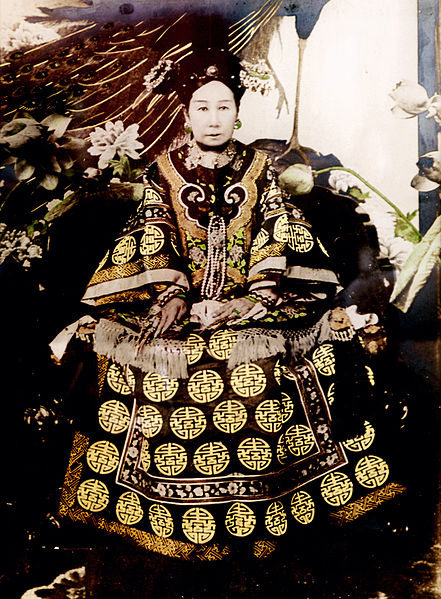
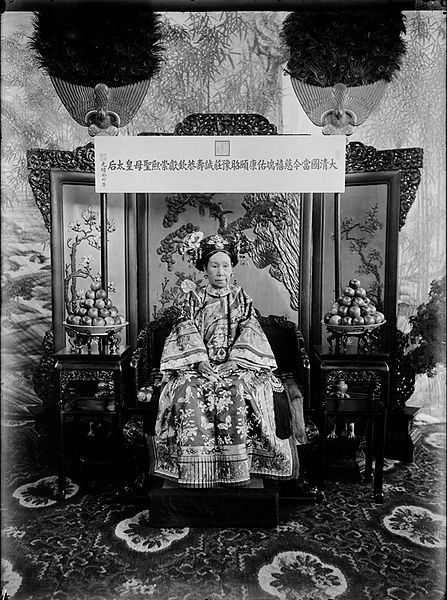
When the emperor died in 1861, her son becomes the Tongzhi Emperor, and she became the Empress Dowager.
After the death of her son in 1875, she installed her nephew as the Guangxu Emperor, contrary to the Qing dynasty’s traditional rules of succession that had ruled China since 1644.
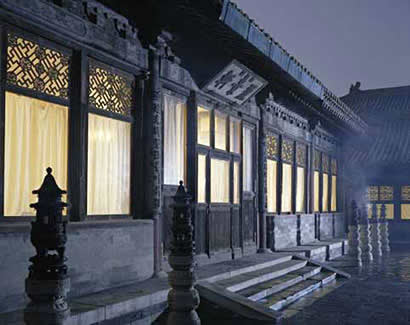
She never wanted to adopt the western models about forming a government but she supported technological and military reforms.Cixi even agreed to the so-called Hundred Days’ Reforms but she eventually turned them down and put the Guangxu Emperor under house arrest for supporting the reformers who tried to kill her.
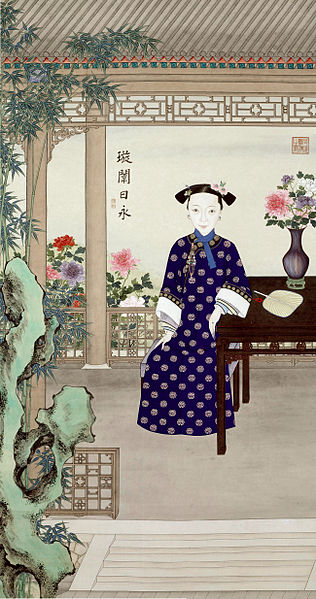
Cixi managed to cover the conspiracy caused by her nephew because any weakness in the Imperial Court would have been pounced upon by the Japanese, who had the ultimate goal of annexing China and forming an “East Asian Prosperity Sphere”.
In 1900, when the Boxer Rebellion broke out in northern China, Cixi threw her support to these anti-foreign bands by making an official announcement of her support for the movement and a formal declaration of war on the Western powers.
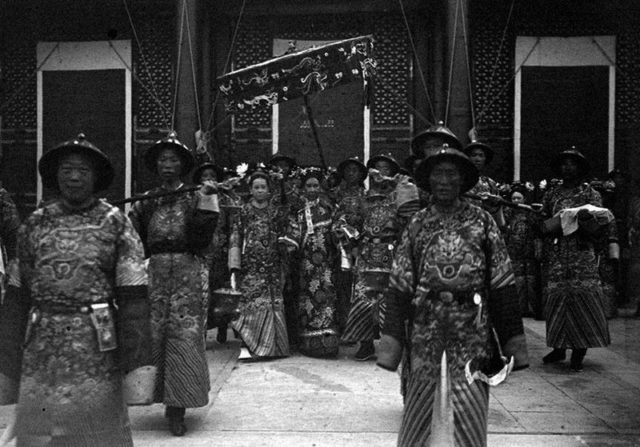
During the Battle of Beijing, the entire imperial court fled the capital and evacuated to Xi’an as the allied forces invaded the city.
After the fall of the city, the Eight-Nation Alliance negotiated a treaty with the Qing government, sending messages to Cixi in Xi’an.
In the agreement, there was a guarantee that China would not have to give up any further territories to foreign powers.
Cixi decided that the terms were generous enough for her to acquiesce and stop the war.
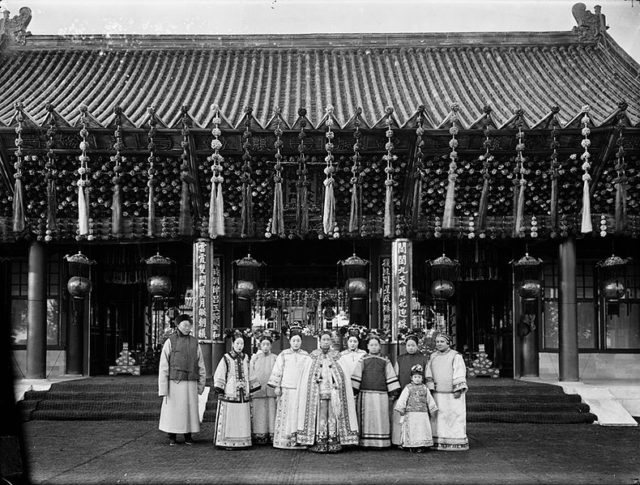
In January 1902, the whole court made a ceremonial return to Beijing. Once back in the city, Cixi implemented sweeping reforms.
She sent high officials to Japan and Europe to gather facts and draw up plans for sweeping administrative reforms in law, government structure, education, and social policy.
The abolition of the examination system in 1905 was only the most visible of these sweeping reforms.
Ironically, Cixi sponsored the implementation of the New Polices, a reform program more radical than the one proposed by the reformers she had beheaded in 1898.
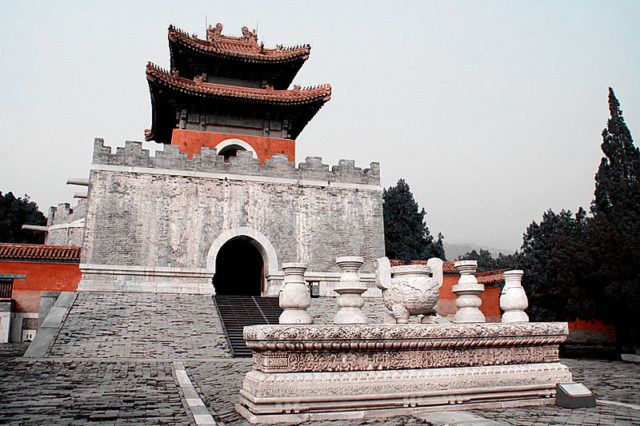
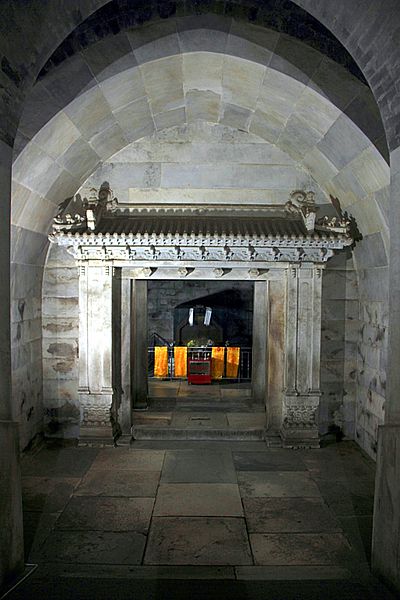
She died on 15 November 1908 in the Hall of Graceful Bird at the Middle Sea of Zhongnanhai, Beijing.Some 100 years after her death, researchers concluded that the cause of her death is acute arsenic poisoning.
According to reliable sources like CNN, the level of arsenic in her body was 2,000 times higher the normal level.She was buried in the Eastern Qing tombs, 125 km east of Beijing.
